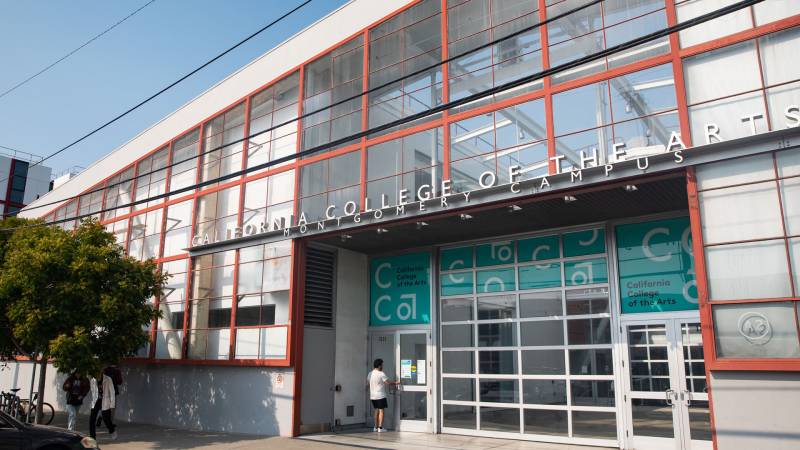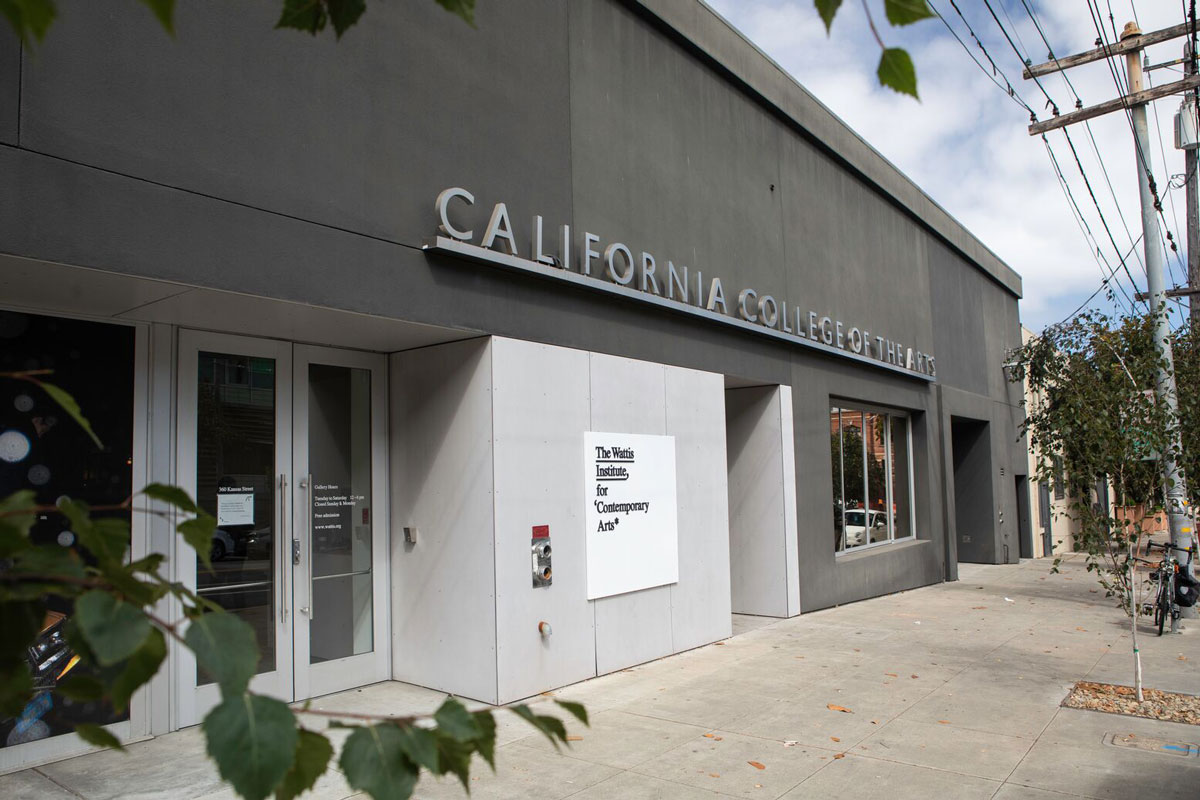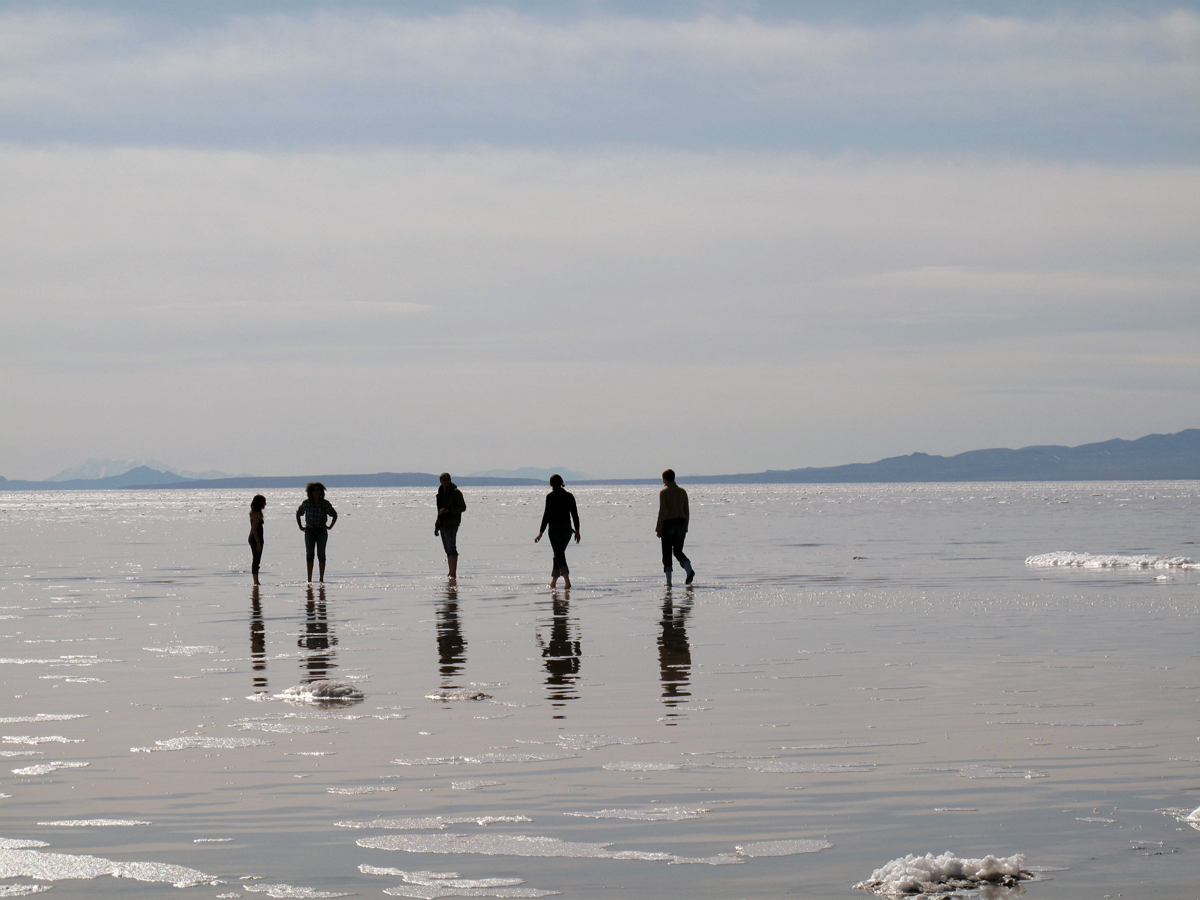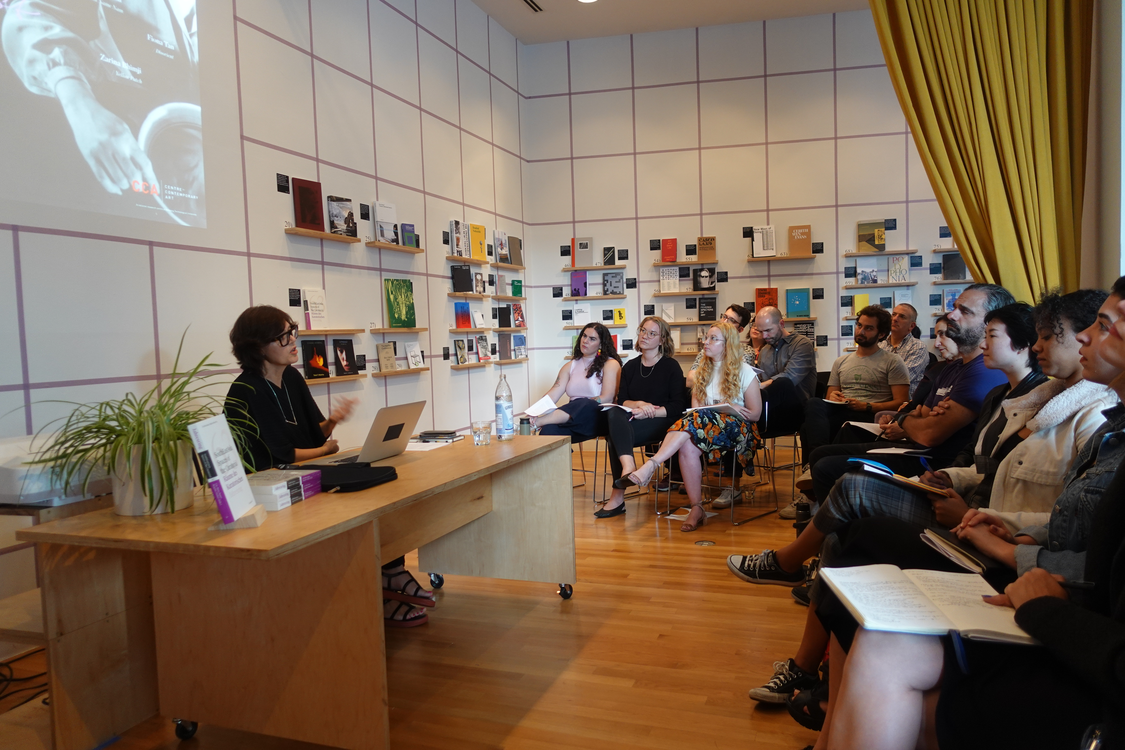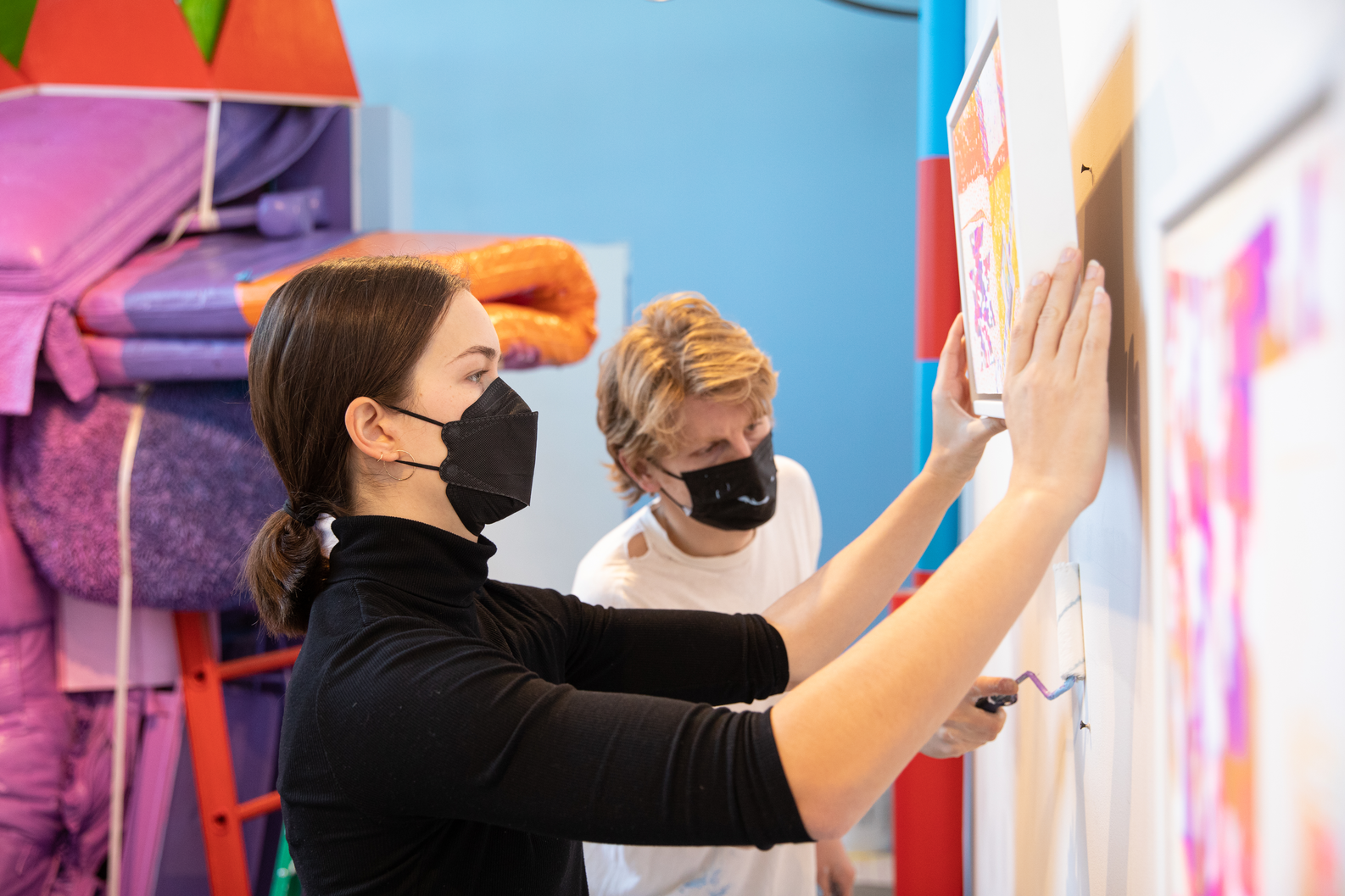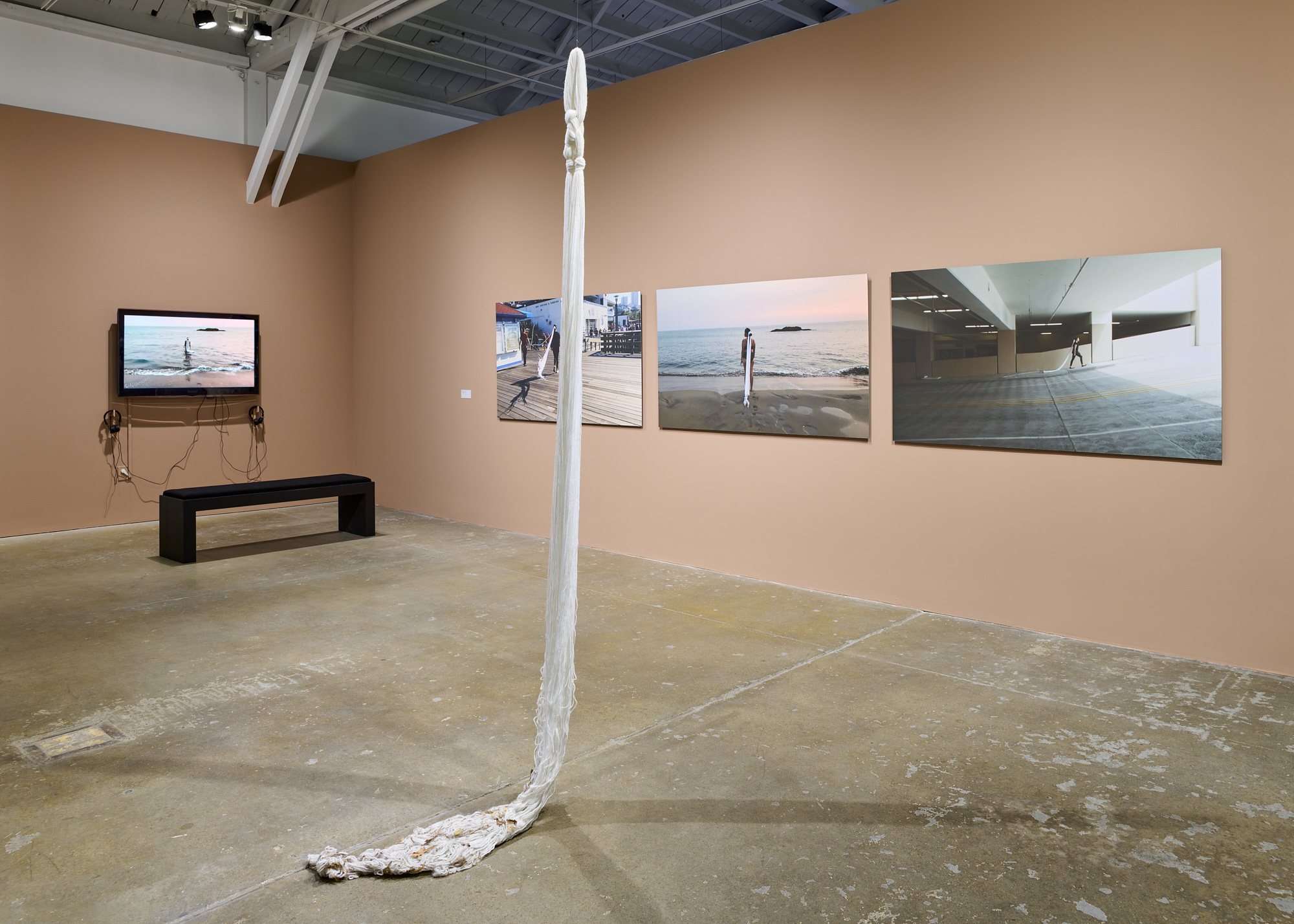The news spread quickly through my former classmates. On Feb. 3, California College of the Arts sent out an email to alumni of its curatorial practice master’s program (CURP), announcing the school’s decision to “pause” new student admission starting with the fall 2023 semester. I graduated from the program in 2018; after 21 years, the class of 2024 will be the CURP program’s last for the foreseeable future.
In the email, CCA’s provost Tammy Rae Carland explained the decision: “This temporary pause will allow CCA to explore new opportunities related to campus expansion and to explore deeper connections with the internationally-recognized Wattis Institute for Contemporary Arts.” CCA’s expansion is set to be completed by July 2024, and the Wattis will move back onto campus as part of the school’s new grounds.
Much is in flux: The Wattis will soon begin a search for its next director, following Anthony Huberman’s departure earlier this year. CURP’s current chair, Glen Helfand, is the third to hold the position in the past five years. In an interview, Carland also confirmed that application rates have dipped, with seven students across both current years compared to cohorts of up to 13 in the mid-2000s. Presumeably economics are also at play in the desire to refresh and restructure.

Born during the biennial boom
The CURP program admitted its first class of students in the fall of 2002. Kate Fowle, CURP’s first chair, and then-Wattis Director Ralph Rugoff recruited the aspiring curators and shaped the curriculum. Curatorial master’s degrees were a new concept at that time; programs at the Royal College in London and Bard College in New York were the only existing models.
“As the first program on the West Coast and only the second in the country, it was important to focus out into the Pacific Rim and Latin America,” Fowle explains of CCA’s distinction, “because all the masters at the time were focused on a Western European tradition of creating.”
